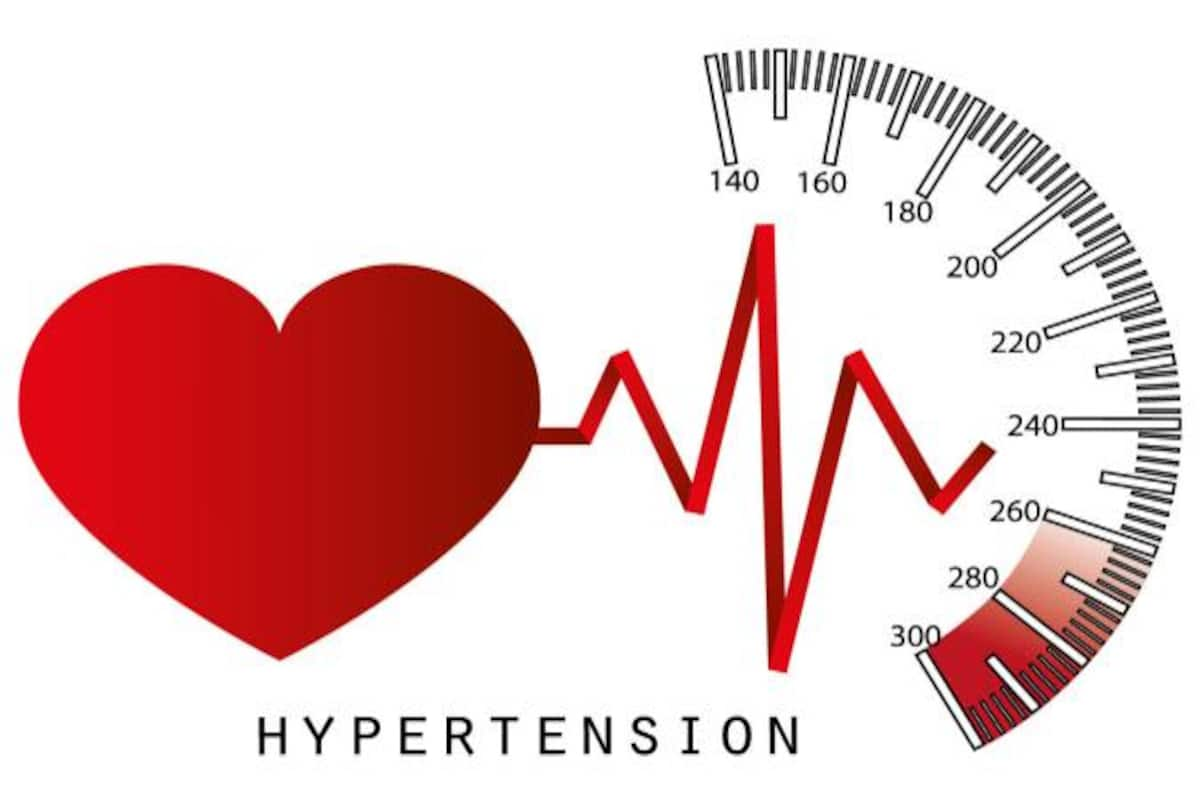A consistent systolic blood pressure greater than 140mmHg and or a consistent diastolic blood pressure greater than 90mmHg regardless of the cause. There is no physiological figure established for hypertension, WHO however, defines hypertension (HTN) a persistently high blood pressure greater than 145/95mmHg.
Description
Diastolic Pressure
80-85mmHg - Normal pressure
85-89mmHg - High Normal pressure
90-104mmHg - mild Hypertension
105-115mmg - moderate Hypertension
115 and above - severe Hypertension
Systolic Pressure
120-140mmHg - Normal Pressure
140-159mmHg - Borderline Hypertension
160-180mmHg Define Hypertension
180 and above - Isolated Systolic Hypertension
Incidence
1. Affects men more than women until the ages of 55 years.
2. Affects blacks than whites.
3. Increases with increasing age.
4. Common with people who have coronary and kidney diseases.
Risk Factors
Factors that cannot be changed are
1. Increasing age
2. Heredity
3. Male gender
4. Black race
Factors that can be change (modifiable factors)
1. Smoking
2. Physical inactivity
3. High blood cholesterol level
4. Diabetes Mellitus
5. Obesity (over weight)
6. High dietary sodium intake
7. Response to stress and individual emotions.
DIAGNOSIS
HTN is diagnosed when the diastolic pressure is greater that 90mmHg or the systolic pressure is greater than 140mmHg. It should be emphasized that HTN could not be diagnosed based on a single reading of elevated pressure rather a series of readings since measurement could be influenced by emotional state or physical activity especially the systolic pressure. Diastolic pressure is the most significant since it reflects the degree of peripheral resistance.
TYPES
HTN may be classified by aetiology as primary or secondary. Appoximately 90-95% of people with HTN are said to have primary (essential HTN). The remaining 5-10 has secondary HTN.
PRIMARY HTN
Also called essential or idiopathic HTN. In this, the cause is not known and no initial disturbance in the areas commonly associated to be factors since most persons with the condition has a history of a parent or grandparent having had it before.
SECONDARY HTN
This type has an identifiable causative factor(s) such as
1. Renal problems/disease (glomerolonephritis)
2. Endocrine disorders (diabetes mellitus)
3. Vascular system disorders (coarctation of the aorta)
4. Neurological disorders (increased intracranial pressure)
5. Drugs (NSAIDS)
PATHOPYSIOLOGY
Blood pressure is the pressure exerted by blod on the walls of th vessels through which it flows. Systolic pressure is pressure exerted when the ventricles of the heart contract to pump out blood while Diastolic pressure is the pressure exerted when the ventricles relax to allow blood to flow into the heart.
Two factors regulate and influence blood pressure. These include Blood flow (volume) and Peripheral vascular resistance (PVR). Blood flow is also influenced by the volume of blood ejected from the ventricle with each contraction (stroke volume) and the heart rate (HR).
Peripheral vascular resistance is affected primarily by the diameter of the blood vessels and to a lesser degree by the viscosity of the blood. The most common characteristics of Hypertension is increased PVR as a result of narrowing of the arterioles. The PVR is controlled by several factors or mechanism but mostly by sympathetic nervous system and rennin-angiotensin system.
Sympathetic nervous system: Nore-epinepherine is released from postganglionic fibers causing narrowing of blood vessels causing an increase in PVR.
Renin-angiotensin system: Epinephrine is released by the adrenal medulla and causes vasoconstriction as well as increased ventricular force and cardiac output. Rennin leads to the formation of angiotensin, potent vasoconstrictor. It also stimulates the secretion of aldosterone, which promotes retention of sodium and water, causing an increase in blood volume.
PATHOLOGICAL FEATURES OF HYPERTENSION
Hypertension may be benign or malignant.
Benign hypertension; is the gradual increase of blood pressure over a long period of time. They are very often symptomless. They can be detected when the blood pressure is checked. It occurs in older age groups and is compatible with long life.
Malignant hypertension; is when blood pressure rises relatively rapid and affects various vital organs. It occurs in younger age group, occurs in male more than female and prognosis is comparatively poor with death often occuring within two years with renal failure.
SIGNS AND SYMPTOMS
Subjective signs and symptoms include;
a. Occipital pains
b. Headache
c. Tinnitus
d. Easy fatigability
e. Visual disturbance
f. Dyspnoea
g. Palpitations
Objective Signs and symptoms include;
a. Cardiac hypertrophy
b. Haematuria
c. Epistaxis
d. Retinal changes
e. B/P greater than 140/90mmHg
MANAGEMENT
Medical Management (Drugs) - Anti-hypertensives
1. Beta-blockers: These decrease heat rate and blood volume (the amount of blood the heart pumps out). Examples include Propranolol, timolol, atenolol and meteprolol.
2. Calcium channel blockers: these slows the heart rate and relax the blood vessels. Examples Nefidipine, varapronil and diltiazem.
3. Vasodilators (ACE inhibitors): These prevent narrowing of blood vessels therefore reducing peripheral resistance. Examples Captopril, Enalapril and lisinopril.
4. Diuretics: These increase elimination of extra fluids from the body hence reducing blood plasma volume. Examples Thiazide diuretics such as Hydrochlothiazid, Loop diuretics such as furosimide (lasix), potassium sparing diuretics such as spironolactone, Sedatives such as valium to control tension/anxiety.
Nursing Management
1. Monitor vital signs in both upright and recumbent position.
2. Encourage early detection.
3. Check and monitor weight.
4. Give proper education on condition and health (diet and exercise), this is particularly important because the diet of a client, when especially fatty, can cause narrowing of the blood vessels.
5. Reassure the patient
6. Manage epistaxis if any
7. Educate the patient on drugs.
8. General Nursing Management
COMPLICATIONS
a. Stroke or cerebral haemorrhage
b. Myocardiac infraction
c. Angina pectoris
d. Renal failure
Read Also








0 Comments